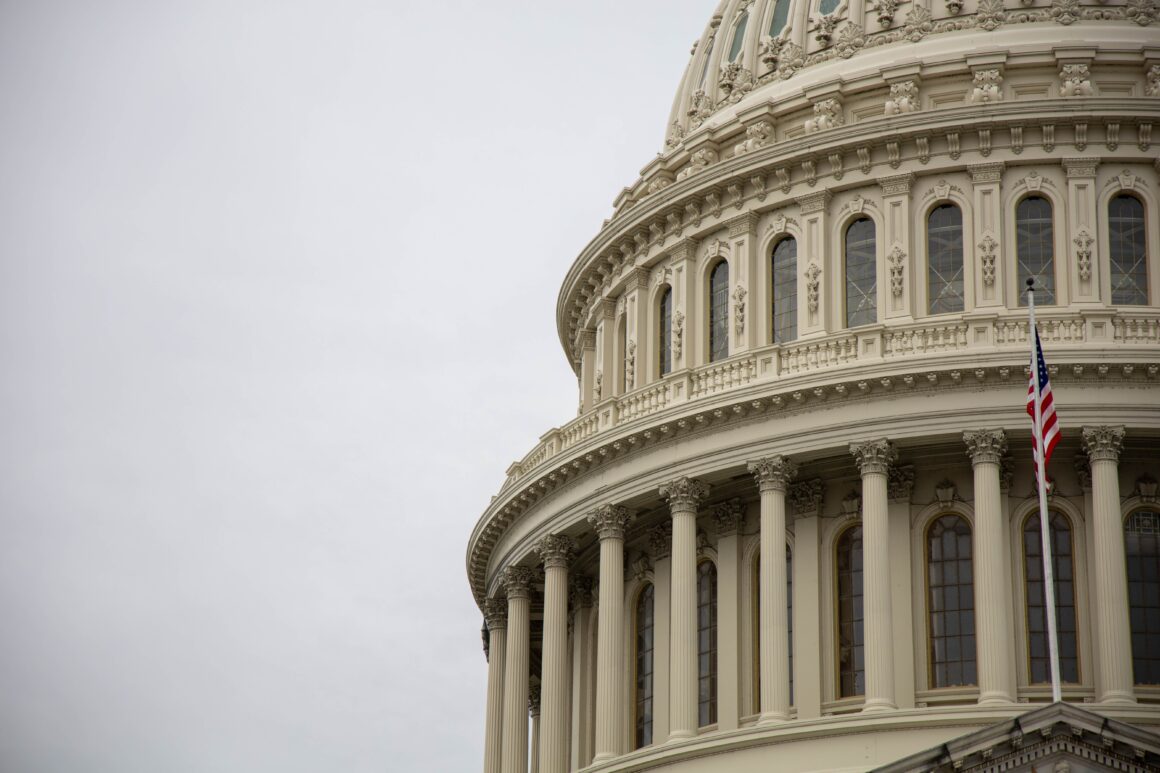Created after the ratification of the 19th Amendment, allowing women to vote, Alice Paul, the co-founder of the National Woman’s Party proposed a new amendment to further decrease the disparity in women’s equality. The Equal Rights Amendment (ERA) was passed by Congress in 1972; however with only 35 states ratifying it, the proposed amendment did not become law. The ERA was designed to end the legal distinction between men and women as well as prevent discrimination on the basis of gender.
Essentially, this amendment would guarantee that no constitutional rights could be denied or restricted based on gender identity or sex, and that these laws must be applied equally.
Violation of the amendment, would be a violation of the constitution and therefore extremely illegal.
Opposition to the amendment argues that there is no need for the ERA because what it entails is already implied under the statement that “all men are created equal.” Most interpretations of this are that all citizens are created equal; however, this statement can legally be, and has been, interpreted as all “cis-white-hetero-males” are created equal. By taking one glance at the history of America, this truth cannot be denied. The simple truth that we needed separate amendments to allow black citizens to vote and to allow women to vote, asserts this position.
An Equal Rights Amendment would completely close the wage gap, making it a violation of the constitution to pay a woman less than a man on the same job. Currently, white women earn around 70% as much as men, with Latina women only earning 54% as much as men. It is projected that at the current rate, the wage gap will not be closed until 2152; that is not in any of our lifetimes. Aside from the racial differences in pay, as women get older, they will progressively make a lower percentage which increases with motherhood.
Recently, in March 2017, Nevada became the 36th state to ratify the ERA nearly 35 years after the deadline. This has sparked a new wave of pro-ERA activism and awareness of the lost amendment. The ERA is now only two states away from achieving all 38 states’ ratification and thereby becoming a constitutional amendment. If Congress opts to push the deadline again, to validate Nevada’s ratification, the ERA will once again have a fighting chance of becoming a reality. In times like these when the rights of women are being tried, the Equal Rights Amendment is what we need to secure them once and for all.




